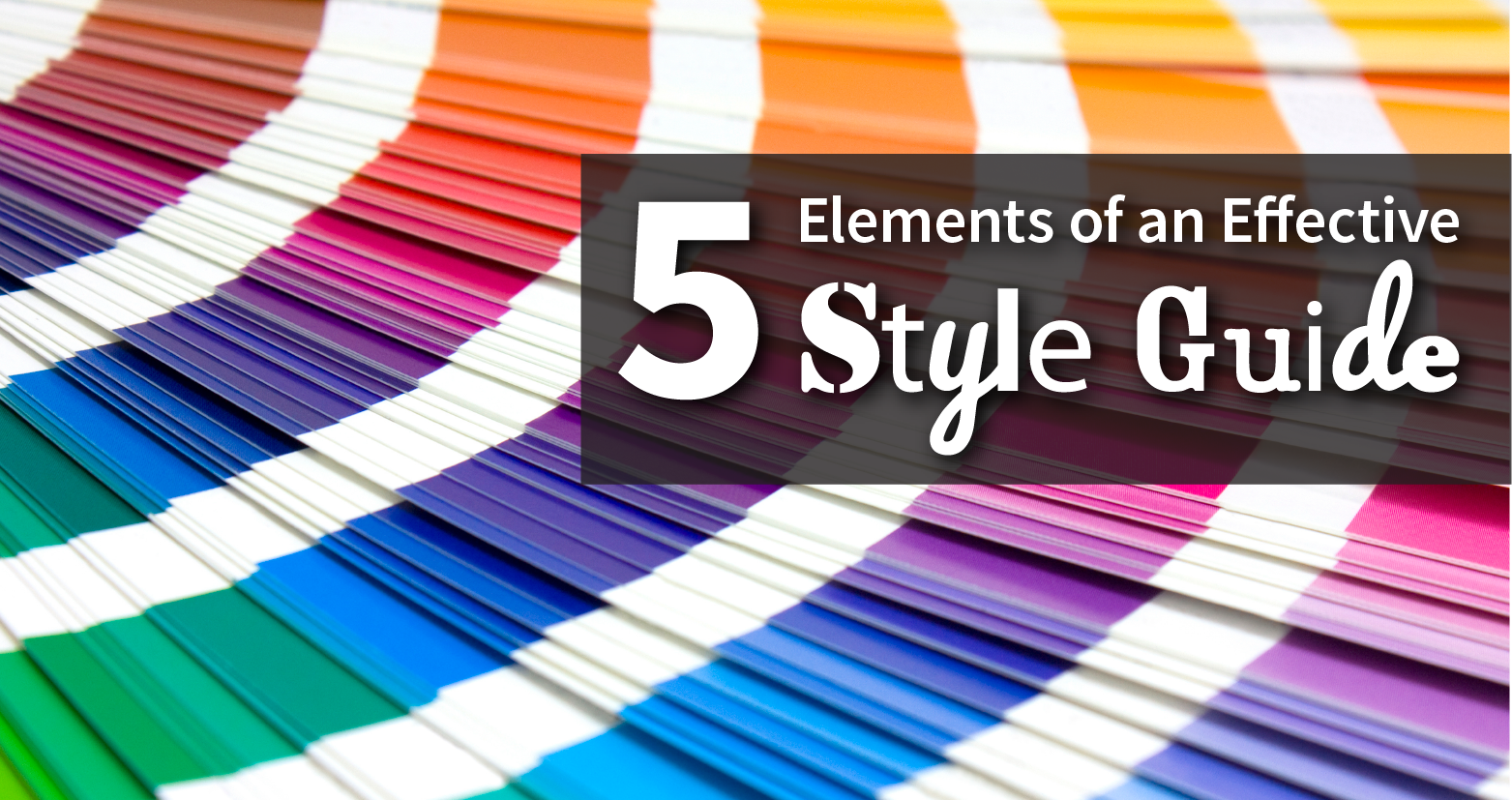

Be still my heart! Part V-“An Approach to Style (With a List of Reminders)” … whose numbered instructions may be my favorite part of the book.

… Although the word in its new, free-floating capacity may be pleasurable and even useful to many, it offends the ear of many others, who do not like to see words dulled or eroded, particularly when the erosion leads to ambiguity, softness, or nonsense.” I couldn’t have said it better myself. To quote Strunk and White, devolvement of ‘hopefully’ into ‘I hope’ “is not merely wrong, it is silly. I’m sure no one else in the theater had the slightest notion why I found that bit of dialogue so hilarious. “The statement, ‘Hopefully we are going fishing Friday’ means we are going fishing in a hopeful manner on Friday however, ‘I am hopeful that we will go fishing on Friday’ means it is hoped that we will go fishing Friday.’” What struck me as funny is that not a week later, while watching the film Never Been Kissed, I heard Drew Barrymore’s character reference the whole “hopefully/I am hopeful that” lesson. ‘I am hopeful that’” conundrum came 20 years ago, when Elisa, my associate editor used a fishing expedition to explain the difference. lend … oh, the comparisons are exquisite!Ī discussion of the adverb “hopefully” lands splat in the middle of page 48. I love learning various words’ meanings I particularly enjoy devouring the subtle differences between similar (or frequently distorted) words. Part IV-“Words and Expressions Commonly Misused”-was equally delicious. Had I contented myself with reading only the icky knockoff, I’d have missed out entirely on the literary yumminess that was Part III-“A Few Matters of Form.” In five pages, Strunk & White covered formatting, use of headings, colloquialisms, exclamations, punctuation marks, numerals, and more. Things I Never Would Have Known Were There The authors’ mention of unnecessary words includes such fluffery as “the fact that,” “who is,” “which was,” “that were,” and their ilk. A sentence should contain no unnecessary words, a paragraph no unnecessary sentences, for the same reason that a drawing should have no unnecessary lines and a machine no unnecessary parts.”). No reply.”) the exhortation to use positive-form statements (“Avoid tame, colorless, hesitating, non-committal language.”) and my two favorite bits of advice from this book-as evidenced by my scrawled triad of blue-penned stars beside each: use specific, concrete language (“Prefer the specific to the general, the definite to the vague, the concrete to the abstract.”) and omit needless words (“Vigorous writing is concise. While I found myself at odds with a handful of items, much of the advice from this 85-page volume is useful … like the permission to use a sentence fragment for emphasis (“Again and again, he called out. White third edition of The Elements of Style.

When I discovered this, I went to the local used-book store (hey, the closest Barnes & Noble is an hour and a half away) and found an actual William Strunk Jr. Do not under any circumstances purchase that version! Rather than reading this particular iteration, I wish I had instead signed myself up for a colonoscopy. White was left out of the mix entirely author credit on the cover is listed simply as William Strunk. The version I got via (which bore two ISBNs: 1721650372160392) turned out to be a worthless knockoff of Strunk & White’s original 1959 volume, badly repackaged and still, apparently, in draft form, with many of its revisions still left uncleared from Track Changes in Microsoft Word. Having somehow managed to arrive squarely in the middle of my sixth decade on this planet without reading The Elements of Style, I felt-in the interest of research-it was nigh on time for me to do so. Virtually everyone calls it a “classic”-and with good reasonĪsk anyone for recommendations about books on writing and invariably someone will pipe up with, “Strunk & White- The Elements of Style!”


 0 kommentar(er)
0 kommentar(er)
